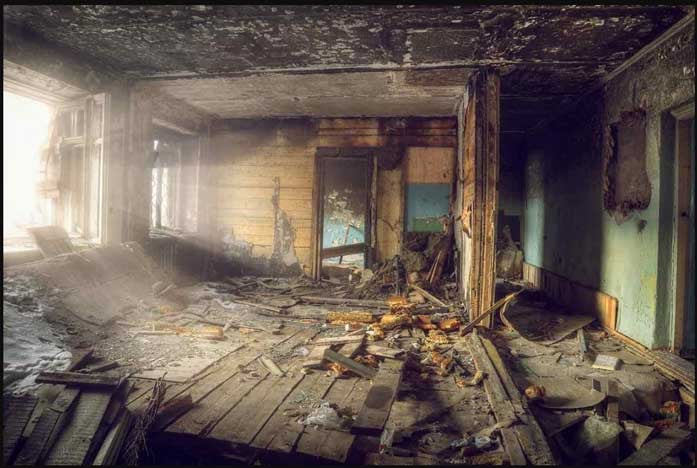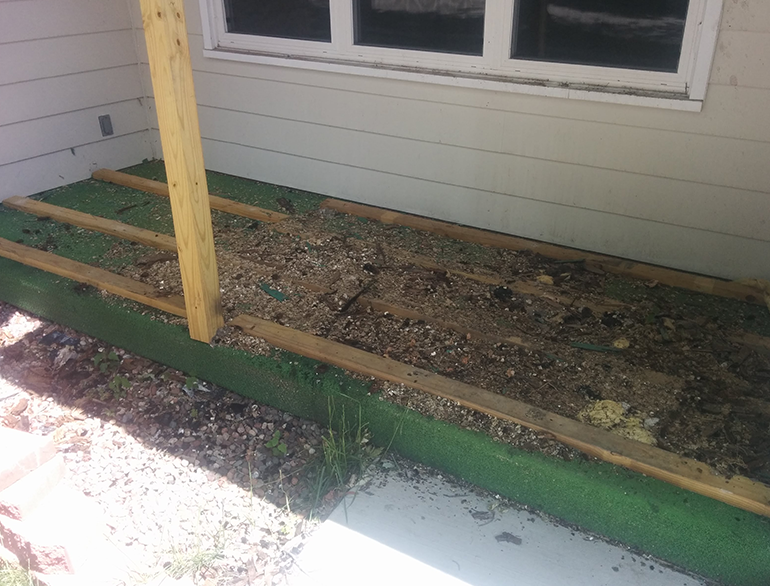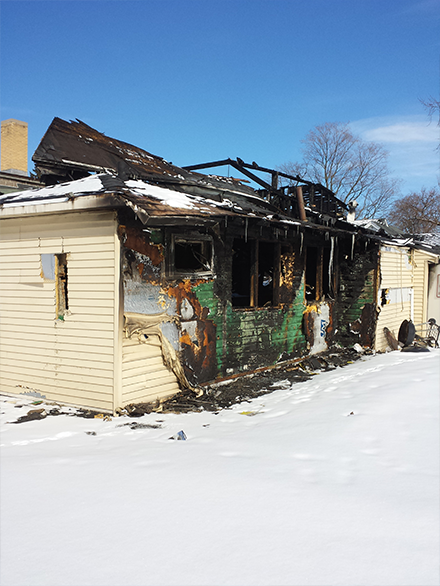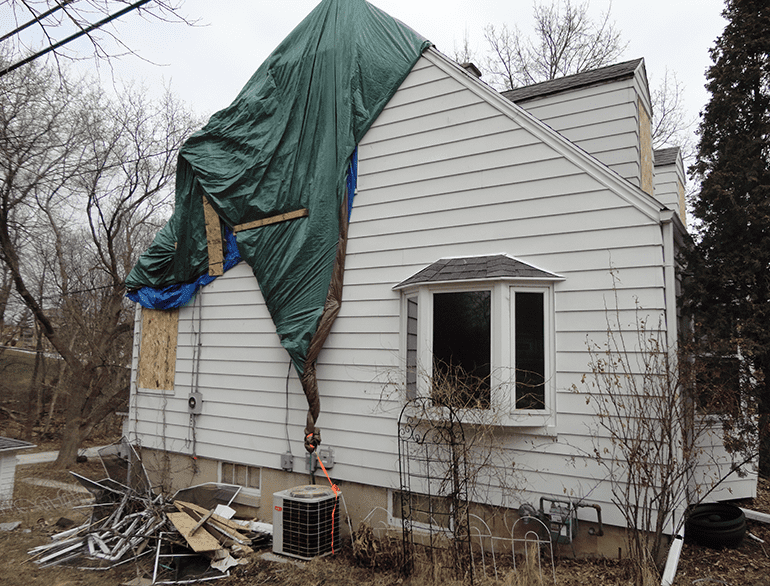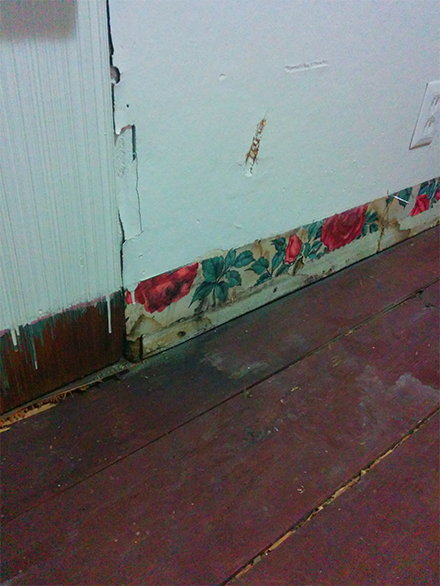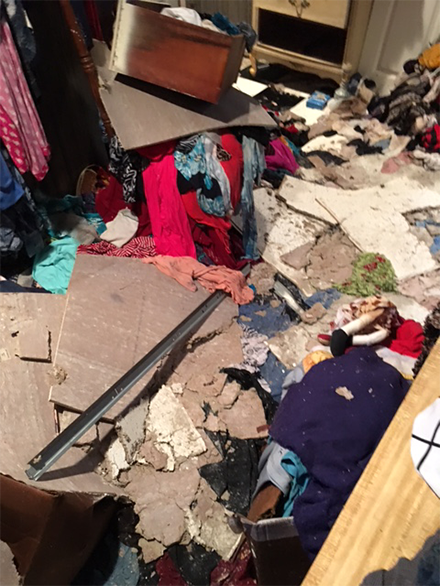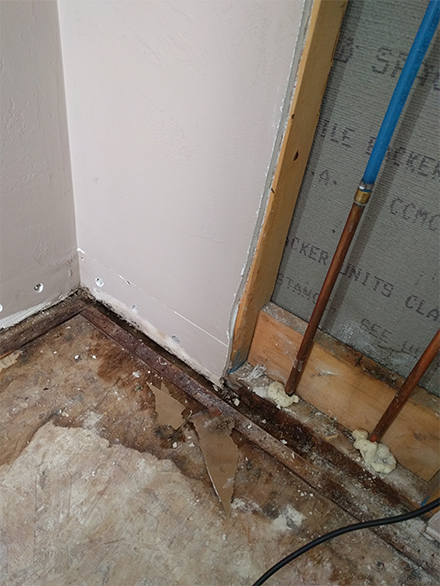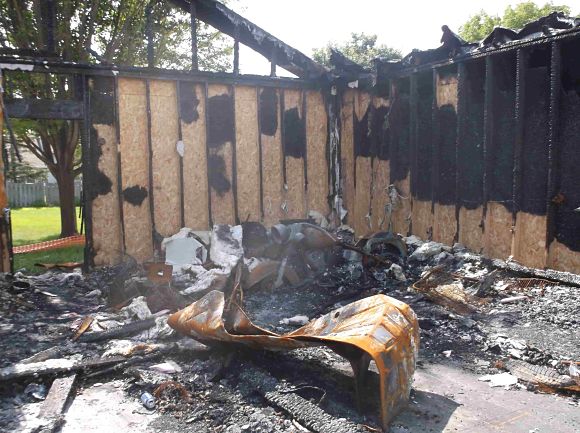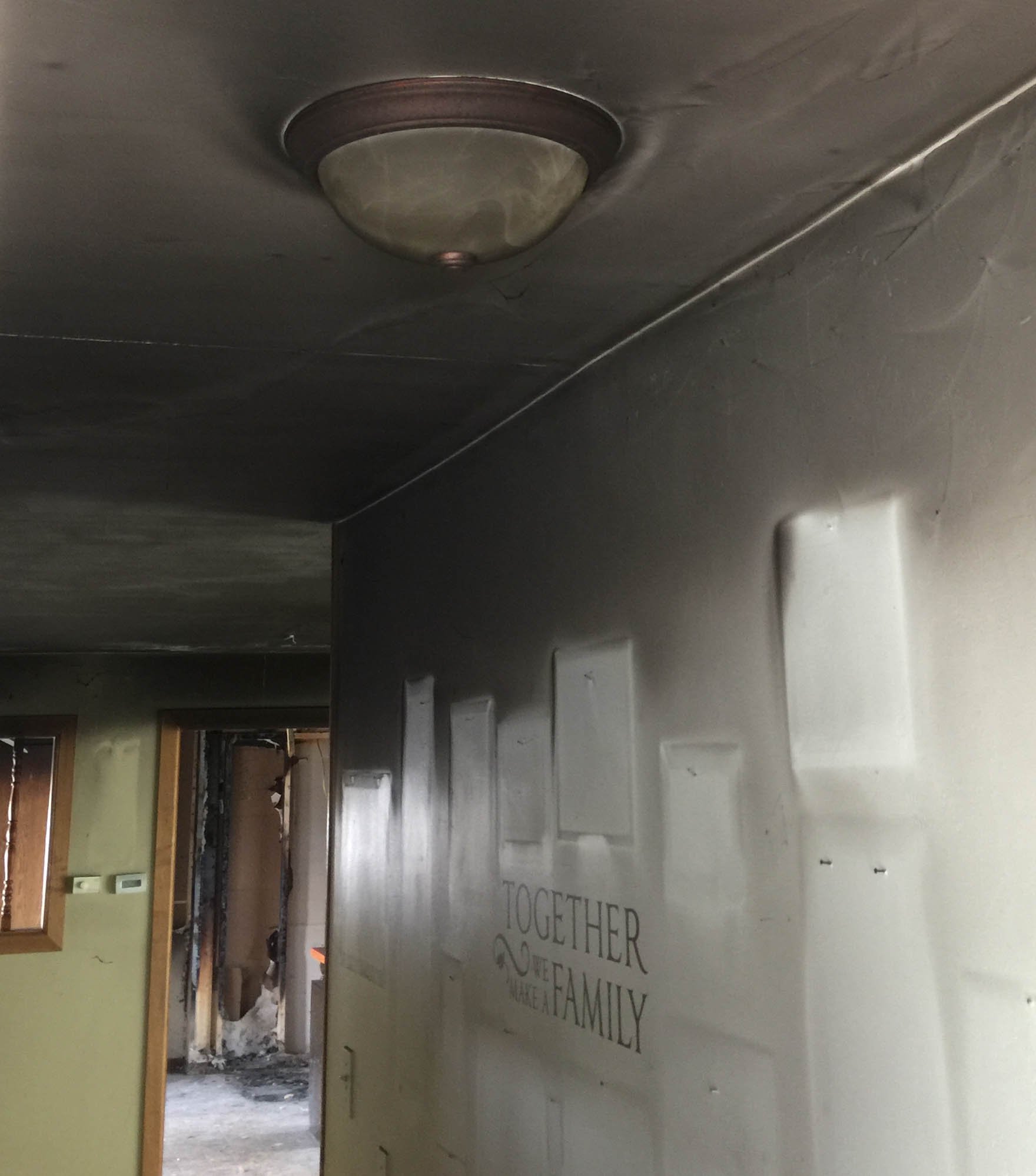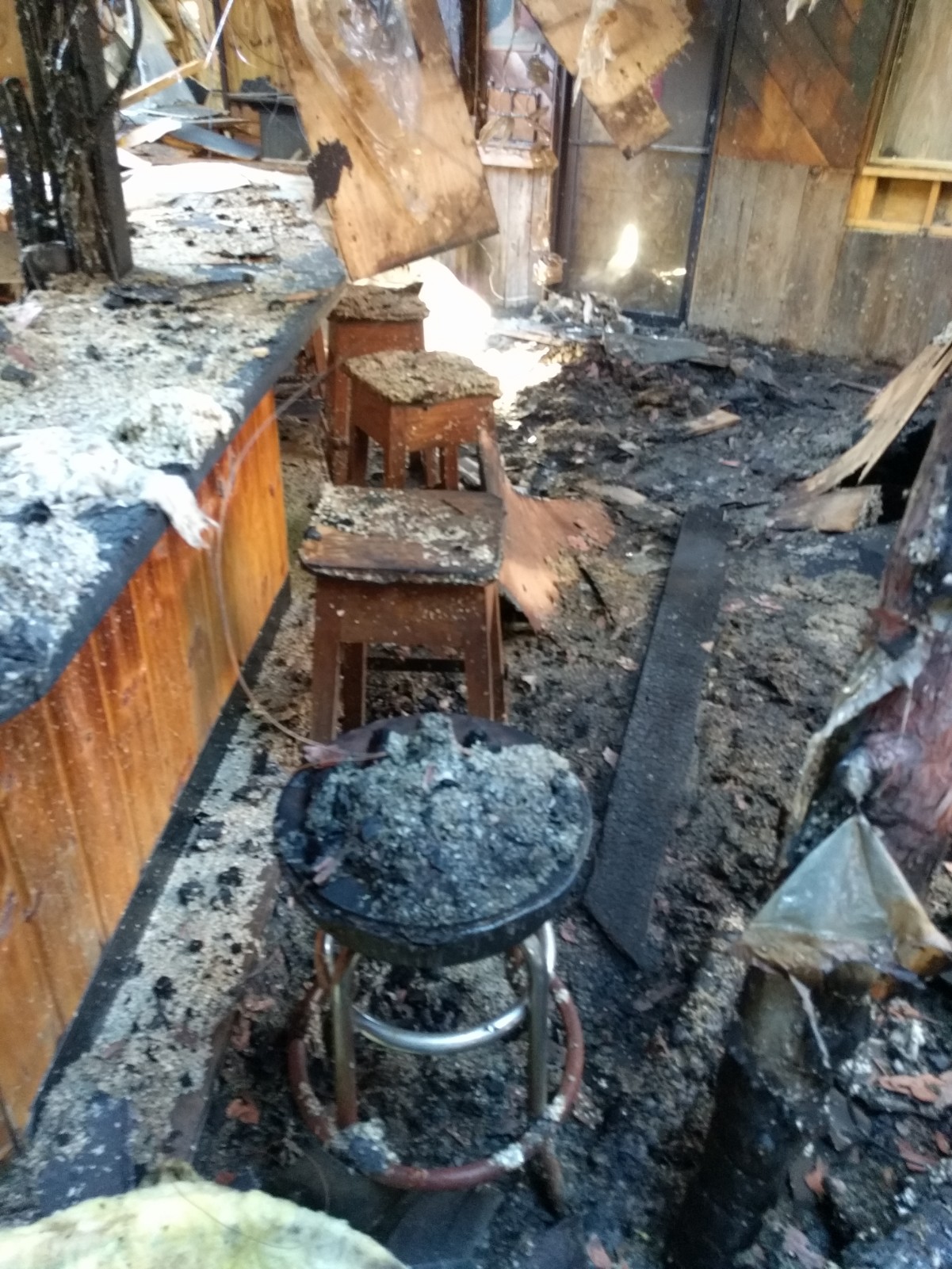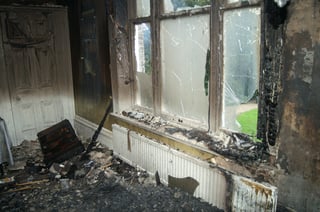
You’ve suffered a loss due to fire, and while it’s a stressful and traumatizing time, it’s also a time when you need help to recover and rebuild your home. Smoke odor is a lingering problem when you’ve experienced a fire. While not visible, it can still be costly to remove. Your clothing, furniture upholstery, curtains, and bedding can all be affected by smoke odors.
Most smoke damage will need professional help to remove, which can be expensive. Some items will have to be replaced, as the costs of removing odors would outweigh replacement costs. According to HomeAdvisor.com, repairing fire and smoke damage can cost an average of $4,120. Most homeowners spend between $2,240 and $6,053. You want to have your insurance company cover these costs, so you minimize or eliminate any out-of-pocket expenses.
Each possibly affected item must be evaluated to see if it’s more prudent to repair or replace. Smoke odors aren’t visible, and cataloging damaged items may need a public adjuster’s help. A public adjuster works for you, ensuring fire damages are properly appraised and negotiated for your insurance claim.
It’s important for you to determine beforehand what to replace, and then have the remainder of your belongings treated for smoke damage. Once you have documented what needs to be replaced, so you can file an insurance claim for these items, it’s then time to call in a professional service. Professional restoration service companies use machines that remove smoke odors, called portable ozone generators. The machines use ozone as an oxidizing agent to treat smoke odors.
Soot damage is also a major consideration when you’ve experienced a fire. It’s a costly issue if not addressed properly and right away. There are different types of soot depending on the source. There's soot from natural sources like wood or paper, and there's soot created from synthetics like plastic, vinyl, and most carpets. Since synthetic materials comprise many items in your home, a common house fire can generate large amounts of soot.
The longer soot is allowed to remain, the more damage it will cause. Soot is small particles, so it can easily penetrate and damage electronics, corrode metal surfaces, and pollute the air you and your family breathe. It’s important to have a professional restoration company come in as soon as possible to remove soot. Dry chemicals are primarily used and people who know how to handle these chemicals are recommended.
Once the professional restoration company treats your items and home, check if the smell of smoke and soot damage have been effectively removed. If not, prepare documentation to amend or submit your insurance claim, and have your costs covered by your insurance.
Miller Public Adjusters proudly serves policyholders in
Wisconsin - Illinois - Indiana - Michigan - Minnesota - Texas - Florida
Call us 24 hours a day at (866) 443-5167 to schedule an appointment, or
please fill out a Free Claim Review to see how we can help.
.png)


